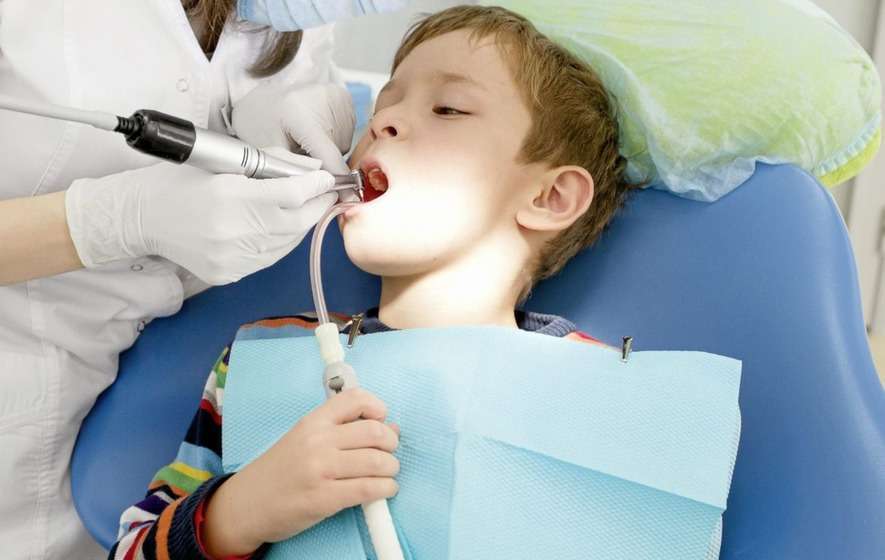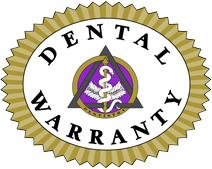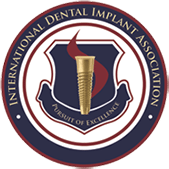
Tooth cavities (also known as tooth decay or caries) are common dental problems in children, toddlers, and teenagers. In fact, according to WebMD, not less than 43% of children between the ages of 2 to 19 had tooth cavities in 2015-2016. Untreated cavities can lead to infections and pain that may cause speaking, eating, learning, and playing problems.
The good news is: you can protect your kid’s teeth from cavities with dental sealants and an excellent oral hygiene routine. So what are dental sealants, and how can they help? Are they right for your child, and what other methods can you employ to prevent cavities in kids? We provide answers to these questions and more in this post.
What are dental sealants?
Dental sealants are thin white or clear resin liquid painted on the teeth’s chewing surfaces (usually the molars and premolars) to prevent cavities. They are applied to a child’s teeth with a small brush, and they quickly bond into the teeth’s grooves and depressions to form a protective shield over the tooth enamel.
Dental sealants can protect the teeth from cavities for up to 10 years. But your dentist will check their condition and let you know if you need to reapply the sealants.
How do they work?
As their name implies, dental sealant covers and seals the teeth’s chewing surfaces to protect the teeth. They form a shield over the depressions and grooves in the molars and premolars to keep out plaque, food particles, and germs that might otherwise hide in them. That prevents the growth of bacteria that may lead to tooth plaque and tartar buildup, tooth decay, and other dental issues.
They also create a smooth surface over the teeth, sealing out other cavities-causing substances and making it easier to clean hard-to-brush areas. According to the American Dental Association (ADA), you can also stop a tooth decay process by placing dental sealants over the cavities in their early stages.
Should your kids get them?
Dental sealants pose little or no risk to your child while on their teeth or during the procedure. They simply bond to the tooth and require no drilling, anesthesia, or numbing agent. They are also non-invasive and do not require putting anything into the teeth (as in the case of a tooth filling). That makes them a safe and effective way to protect your child’s teeth from tooth decay.
Moreover, according to ADA, dental sealants reduce your child’s risk of tooth decay by 80%. The early cavity protection they offer can help eliminate your child’s need for future (and expensive) dental procedures like crowns and fillings.
Many parents want to know if the materials used in manufacturing the sealants are safe. While there have been some BPA concerns, they do not contain the amount required to cause any harm to your child. Moreover, the materials used in manufacturing most modern sealants are BPA-free.
How are dental sealants applied?
The dental sealants application process is quick, easy, and painless. Your dentist cleans your child’s teeth, dries them, and isolates them from any saliva from the cheeks and tongue. Then, they apply an acidic gel to the tooth’s surface to disinfect and prep it for better sealant adherence.
Your dentist then rinses off the gel and dries the teeth again before applying the liquid sealant to your child’s tooth. Finally, they dry and harden the sealant with a special LED blue light. You (if you’re getting the sealant) or your child will feel no pain during and after this procedure.
Dental sealants vs. fluoride
Many parents think that fluoride treatments received during check-ups and dental cleaning visits have the same level of efficacy as dental sealants. But that is not true. While fluoride treatments help kill cavity-forming bacteria, your child will reap the most benefits when used with dental sealants.
An ADA study shows that children who received dental sealants and fluoride treatments are 73% less likely to present with cavities than those who received only fluoride treatments.
Fluoride also helps to strengthen and remineralize the enamel surfaces. But dental sealants alter the teeth anatomy to make the grooves less deep, reducing their ability to retain food particles and plaque.
Other ways to prevent cavities in kids
While dental sealants help protect against cavities, they are not substitutes for dental hygiene and oral care routine. Some other methods you can employ to protect your kids’ teeth from cavities include:
- Brushing twice a day with fluoride toothpaste (we recommend using a pea-sized amount of toothpaste).
- Flossing daily between the teeth.
- Encouraging your kids to eat healthier food and snacks rather than sugary beverages or sweets.
- Visiting your dentist regularly for tooth cleaning and check-ups.
The best pediatric dentistry and dental sealants in Concord Mills and Davis Lake
At Modern Family Dental Care, we want to ensure that you and your kids have fun keeping your teeth healthy and clean for years to come. We offer many amenities and affordable services like preventative dentistry, dental sealants, and complete family dental care in Concord Mills and Davis Lake to protect your smile. Contact us or call our front desk at (888) 716-3184 to learn more about dental sealants or schedule an exam for you or your child.






